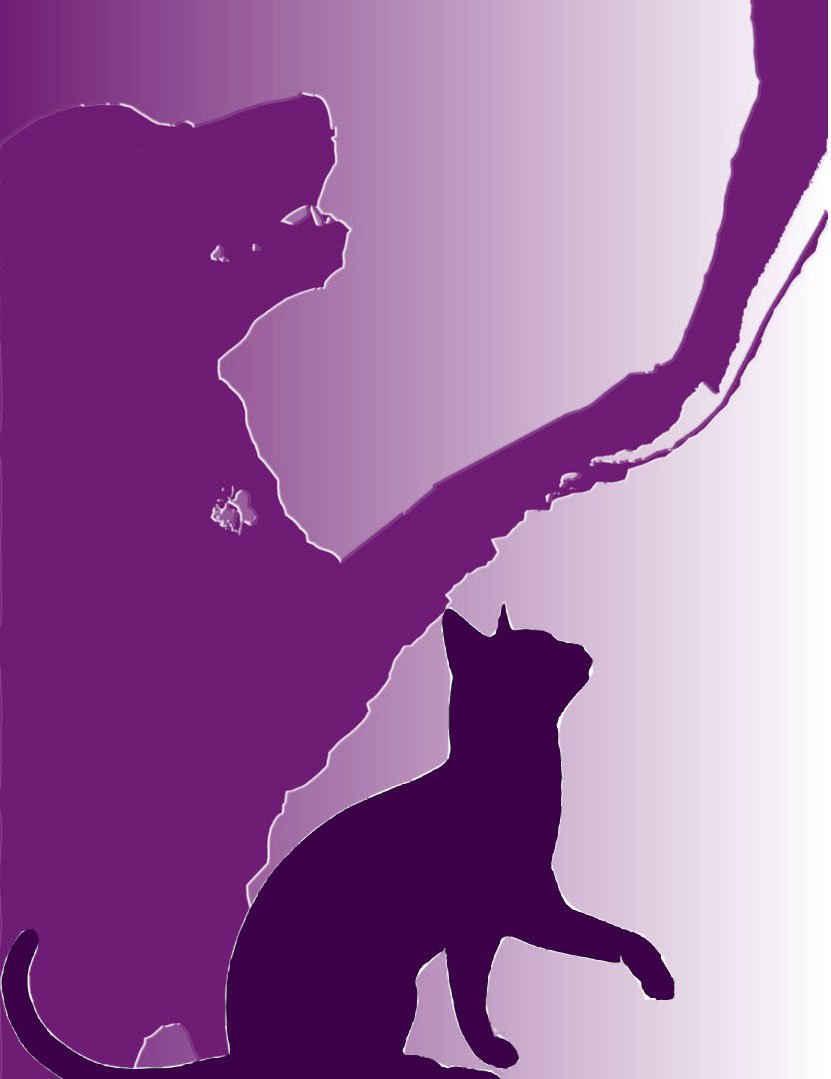BALLS AND BRAINS
Should you play fetch with your dog?
Juggling your dog’s balls and brains
Balancing physical exercise with mental stimulation
Don’t fall into the mistake of over-exercising your dog! Find a balance between mental and physical activity and create an activity schedule that works for your life and meets your dog’s needs.
It’s common for dog owners to put a lot of focus on physical exercise as a strategy for tiring out their dog, especially if their dog is a working breed. However, focusing solely or too much on physical exercise can lead to problems such as;
Excessive wear and tear on your dog’s joints, especially if you are relying on repetitive activities like fetching. Repetitive back and forth running and tight turns can lead to injuries especially if you’re not also working on conditioning your dog’s body and providing joint support.
Creating a canine athlete that you can’t keep up with on a regular basis.
Falling into a constant state of arousal which leads to behavioral issues or struggling to self-regulate.
Dog parks and daycares are popular exercise choices for many people because their dogs come back from these activities completely exhausted. There’s a difference between being satiated and ready to relax vs being exhausted. Think long day of work exhausted vs long decompression hike exhausted, there’s a difference in how you feel mentally based on which type of physical activity you engage in and your behavior reflects accordingly. The high arousal exhaustion a dog gets from dog parks, daycares, or fetch can lead to them being more keyed up and anxious throughout the day instead of the intended outcome of feeling satiated and relaxed.
If your goal is to have a fulfilled and relaxed dog at the end of your activity, then you will want to find a balance between physical exercise and mental stimulation. Mental stimulation can be just as, if not more tiring than physical exercise but you can still wind up with an anxious keyed up dog if your dog is spending a lot of time trying to figure out puzzles they can’t solve leaving them feeling frustrated. This can be literal puzzles like food foraging toys that are too hard for your dog or it can be training sessions where the lesson is too long, too hard, or confusing.
When you choose an activity for your dog, ask yourself if it leans more heavily toward physical exercise or mental stimulation and then brainstorm how you can mix in something from the other end. Bonus points if your activity is tailored to compliment a specific breed trait that your dog expresses.
Here are some examples of how to balance physical with mental:
Sniff walks or decompression walks - Taking your dog for a walk can be both physically and mentally enriching IF you allow your dog to sniff, explore the environment, and have enough leash length for freedom of movement. The act of walking and the ability to take full strides and move freely takes care of the physical exercise side. The act of sniffing and exploring takes care of the mental stimulation side.
Structured toy play, skills for thrills! - Playing fetch, catching a frisbee, and tugging on a rope can be both physically and mentally enriching IF you ask your dog to perform all the different skills they know in order to earn the next throw or tug session. The more you teach your dog how to do, the more robust and interesting your routine can be.
Scheduled play dates - It can be both physically and mentally enriching IF you set up play dates with dogs that your dog gets along well with AND if you practice recalls and reconnections with the handlers.
Dog sports - There are many dog sports out there that you can do for fun with your dog that can be both physically and mentally enriching such as; Treibball, Scent work, Tracking, Earth dog, Dog Parkour, Skijoring, Agility…
Check out the skills for thrills and structured tug example in the videos below!

